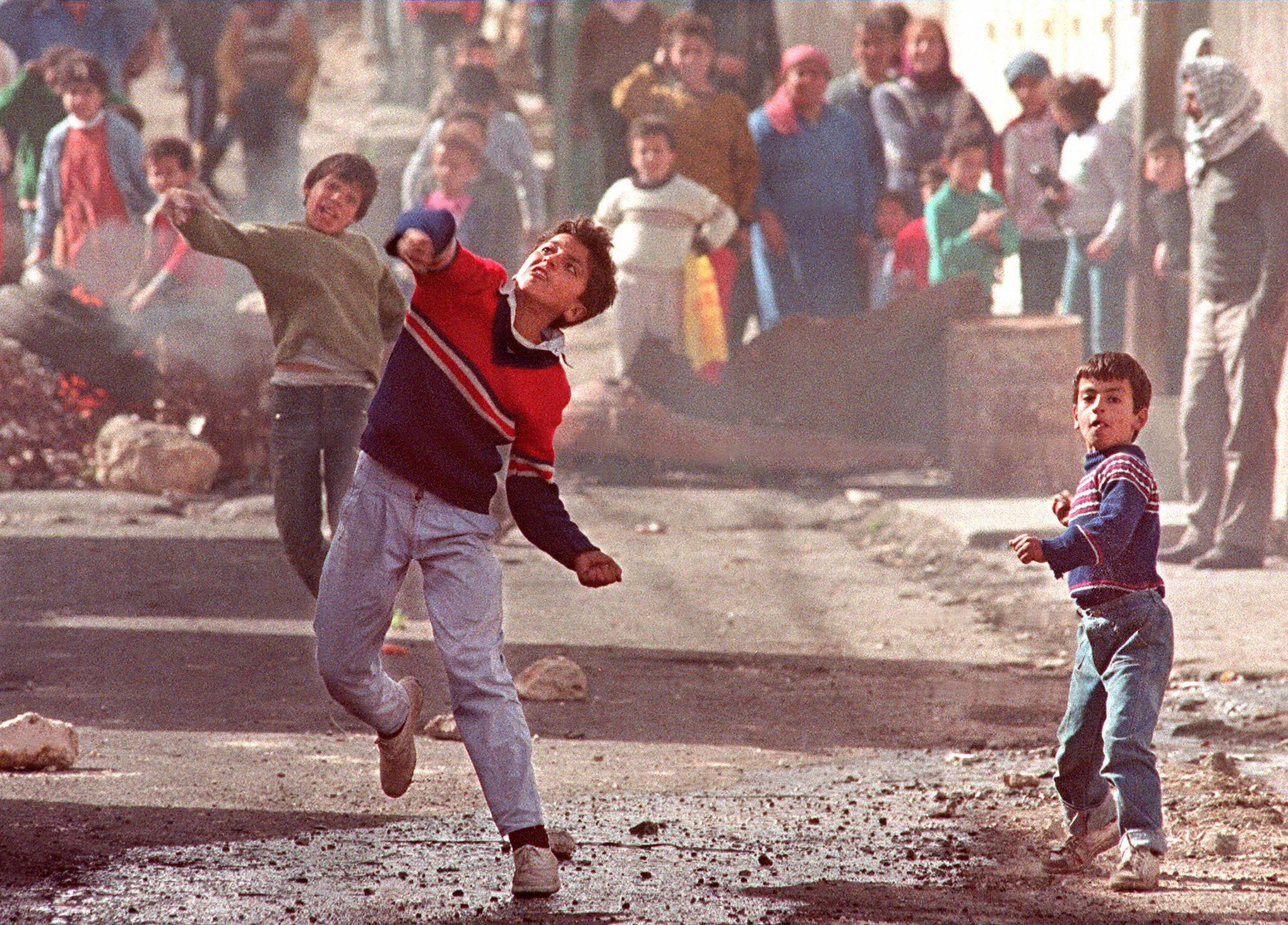A new wave of
violence and reprisals has been flaring up in Jerusalem, across Israel and in
the West Bank. These stories about the current unrest sound tragically
familiar: horrific
attacks on Israelis by Palestinians, followed by horrific
responses by Israel. Of course, Palestine’s criticism of Israel’s
occupied territories is nothing new. However, the incitement behind this latest
Palestinian uprising (or so-called “Jerusalem intifada” or “Third Intifada”) is
unprecedentedly influenced by social media platforms such as Youtube, Facebook
and Twitter. The disturbing images of recent unrest in Israel and Palestinian
territories have been documented and swamped Twitter through the hashtag #thirdintifada. Anti-Semitic
posts calling for violence were featured on
Facebook, and instructional
videos on how to stab Jews effectively went viral.
This proliferation of anti-Israel messages with amateur videos, images and
tweets thus gave the current spate of attacks between Palestinians and Israelis
the title of “Social Media Intifada.”
Intifada is an Arabic word literally meaning “tremor” or
“shuddering.” The word was first applied in 1987 as a response to the sense of
helplessness and resistance among Palestinians to Israel’s occupation of West
Bank and Gaza since 1967. Palestinians, with a new sense of purpose, started
rising up against Israeli rule. From the very beginning, imagery has become
central to these uprisings. Pictures of Israeli soldiers beating Palestinians
children or tanks against rock-throwing protesters were used and distributed
effectively by Palestinians. Children became soldiers and were assigned tasks
according to their age. Innumerable poems were then written to glorify their
deaths. Hailed as “Children of the Stones,”[1] these
10-year-old martyrs became the iconic images of the first intifada that encouraged a culture of violence among
Palestinians. The second intifada
began in 2000, and the provocative images of Ariel Sharon visiting the sacred
Temple Mount sparked the protests among the Palestinians who viewed Sharon as a
“war criminal.”
“Children of the Stones” (Source)
Ariel Sharon’s visit to Temple Mount (Source)
This time social media has already left its mark on the uprising.
Social networks are now used by the youth as a platform to convey their
political messages and thus become the online battleground for the so-called third intifada. Each side has its own
gruesome images and videos that incited violence from both sides. A music video that was shared more than 100,000 times on Facebook featured
Palestinian musician Qassem Najjar singing “When a shahid (martyr) is made, we will take each other's hands ...
workers, teachers, doctors ... from the left and from the right.”
Before-and-after pictures of a shahid
become popular, with one image showing the person healthy and the other showing
them dead. A video was released in October showing a Jew being brutally attacked
with a meat cleaver by a Palestinian man. This video fueled the pro-Israel
messages, but at the same time, the attacker was described by the Shebab News Agency as a “martyr.” A
Palestinian teen, inspired by this spreading violence, wrote a Facebook
post about her desire to become a shahid
then went out to stab an Israel man hours later. In the words of Nisman, president
of an Israeli security analysis firm: “There’s a viral nature to these attacks:
One person goes out, they get killed, then they get glorified, it makes other
people want to go out.” (Source) The risk of more Israeli violence also increases after these
ongoing conflicts as hate-filled messages (e.g. “Death
to Arabs”) spread through Facebook.
But will this intifada be any different from the last
two? On the one hand, the shocking images and videos are circulated virally,
inspiring the current violence between both sides. The angry passions aroused
on social media also increase the impact of the attacks. On the other hand, the
attacks were self-initiated and lacked a concerted effort or strategy. These Palestinian
assailants were unaffiliated with any form of political ideology or movement. This
mass of young people who tried to use social media to express their fury over
Israel’s occupation of Palestinian territories fail to comprehensively capitalize
this energy and only make the matter worse. These leaderless acts of terrorism
undermined the
effort by the PLO to secure international legitimacy
for an UN-declared Palestinian state. With ill-defined goals, the latest spike
of violence will not change the status
quo or get the Israeli – Palestinian peace talks on track. The possibility
for a better tomorrow for Palestine thus remains elusive.
[1] Peretz, Donald. Intifada: The Palestinian Uprising. Boulder, Columbia: Westview
Press, 1990. 83.


No comments:
Post a Comment